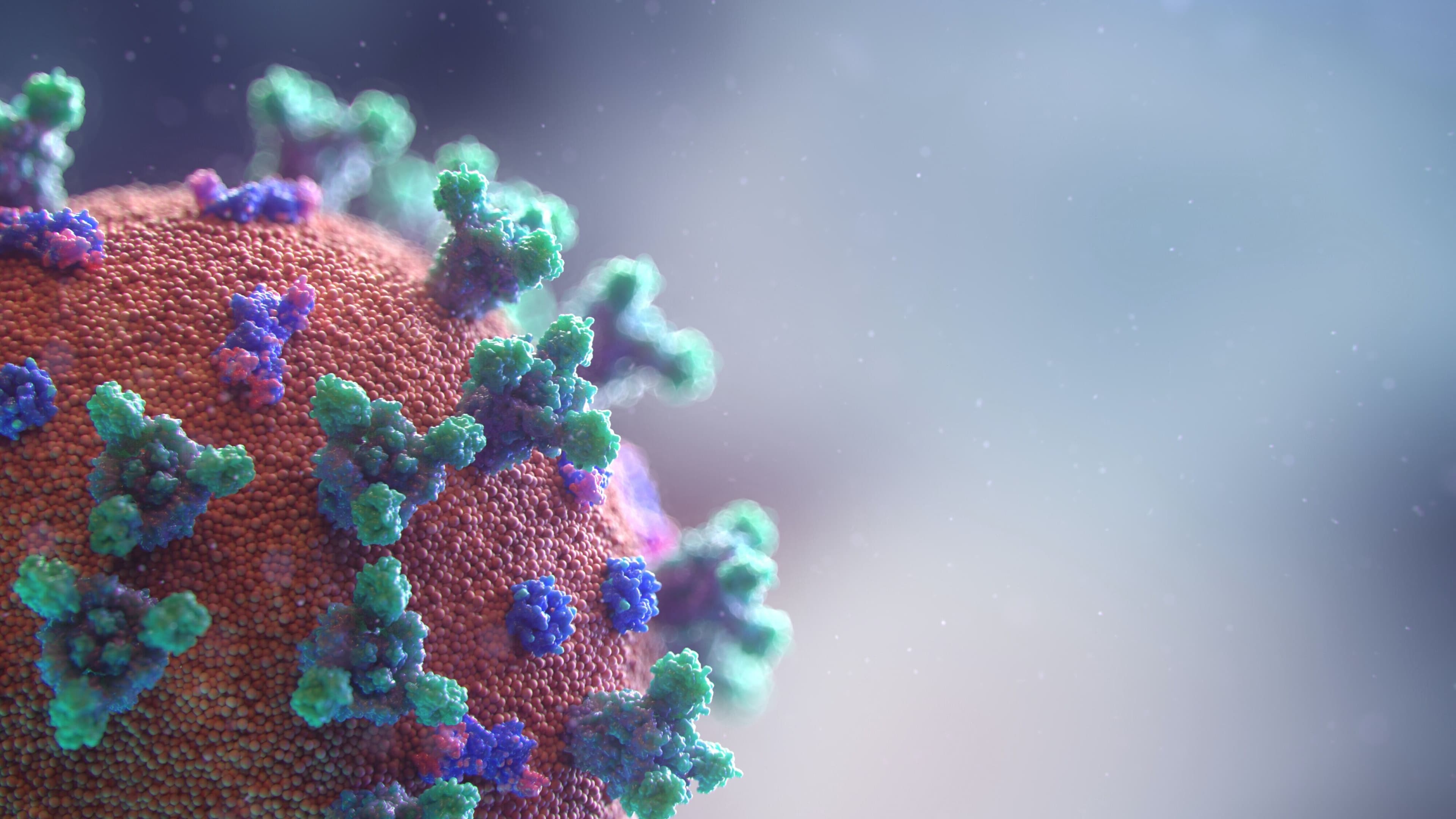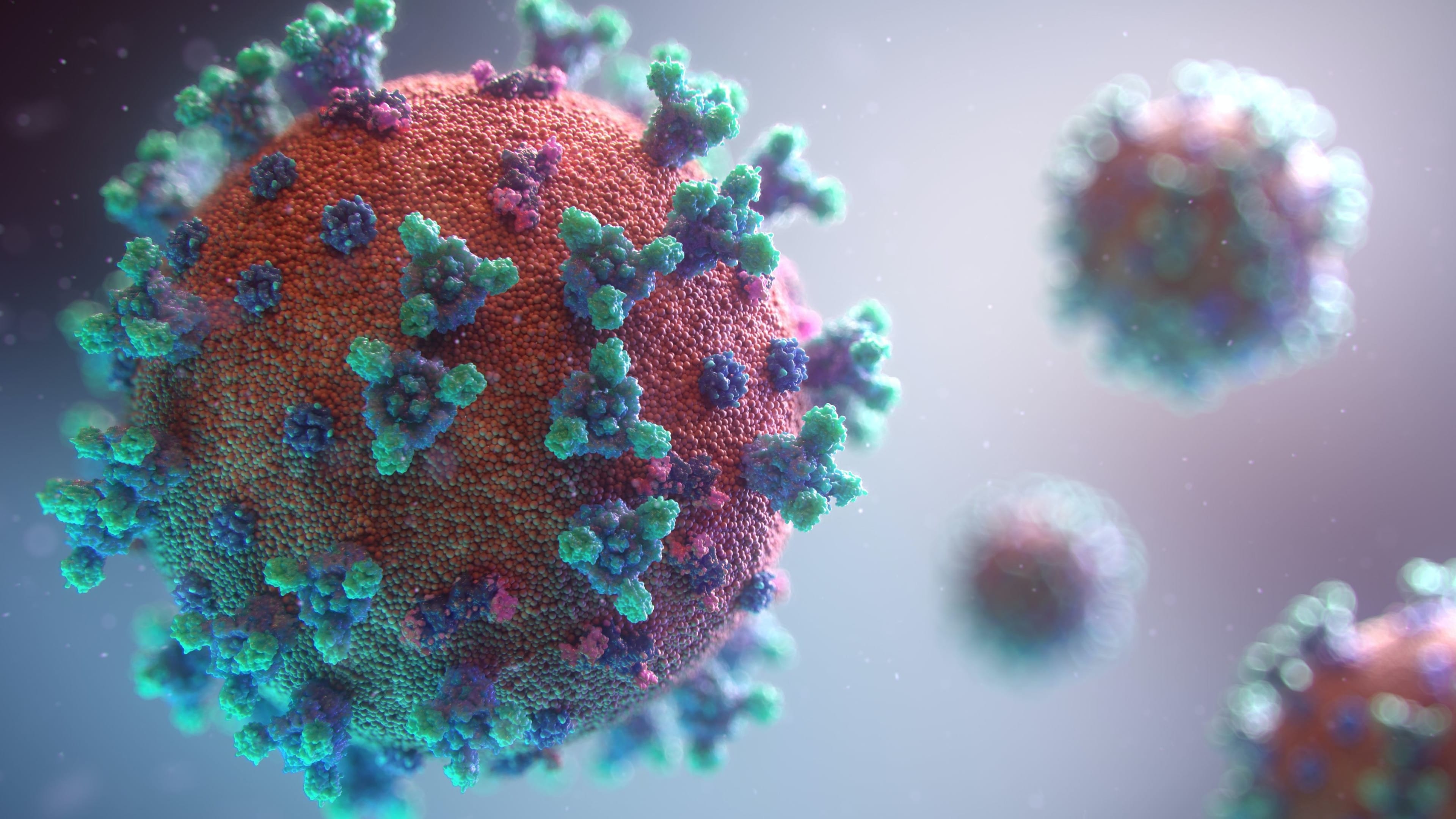A chemistry professor explains: why soap is so good at killing COVID-19

Soap is able to breakdown the fatty layer that protects the virus. Image: Unsplash/Curology

Explore and monitor how COVID-19 is affecting economies, industries and global issues

Get involved with our crowdsourced digital platform to deliver impact at scale
Stay up to date:
COVID-19
- Soap is one of the most effective ways to get rid of COVID-19.
- It dissolves the fatty layer that coats coronaviruses.
- But you have to wash your hands properly.
One of the most consistent COVID-19 messages from health officials has been the importance of good personal hygiene.
Washing your hands with soap is one of the simplest and most effective ways of killing off any viruses you may have come into contact with.
But why is one of the most everyday, mundane of household items so effective in the fight against COVID-19?
Palli Thordarson is a professor at the School of Chemistry at the University of New South Wales, Australia. He took to Twitter to explain some of the molecular chemistry that helps answer that question.
You can also find up-to-date information on all aspects of COVID-19 on the World Economic Forum’s COVID Action Platform.
Thordarson explains that viruses tend to be made up of three things:
- A nucleic acid genome (their genetic material: DNA or RNA).
- Protein, which encases the nucleic acid and aids viral replication inside a host body.
- A fatty outer layer of lipids.
The connections between these three component parts provide the structure of the virus, but those connections are weak – there are no covalent bonds in action that would provide a more stable structure.
Instead, says Thordarson, the viral self-assembly is based on weak “non-covalent” interactions between the proteins, RNA and lipids. Together these act together like a Velcro so it is very hard to break up the self-assembled viral particle.

But it’s possible to break up the particle with soap, which is particularly good at dissolving the lipid layer that surrounds the virus. It also undoes all those other weak bonds within the virus. Once that happens, the virus effectively falls apart.
Washing with water alone is far less likely to shift the virus from the skin surface.
Soap contains fat-like compounds called amphiphiles, which are similar to the lipids found in the virus membrane.
When soap comes into contact with these fatty substances, it binds with them and causes them to disconnect from the virus. It also forces the virus to disengage from the skin.
You do have to be vigorous with your hand-washing though. That’s why the advice is that hands should be washed thoroughly for at least 20 seconds.
No matter how smooth and soft your skin might feel, when you are nanoparticle-sized – like a virus – it is bumpy, uneven, and full of little ridges.
Viruses stick to the skin and get lodged in those minuscule crinkles, which is why shifting them requires active hand-washing.
Other substances are also effective, such as alcohol-based gels. Those with high alcohol content (usually 60% to 80%) will also dissolve the virus. But the antibacterial properties of such products will have no effect on viruses.
Don't miss any update on this topic
Create a free account and access your personalized content collection with our latest publications and analyses.
License and Republishing
World Economic Forum articles may be republished in accordance with the Creative Commons Attribution-NonCommercial-NoDerivatives 4.0 International Public License, and in accordance with our Terms of Use.
The views expressed in this article are those of the author alone and not the World Economic Forum.
Related topics:
The Agenda Weekly
A weekly update of the most important issues driving the global agenda
You can unsubscribe at any time using the link in our emails. For more details, review our privacy policy.
More on COVID-19See all
Charlotte Edmond
January 8, 2024
Charlotte Edmond
October 11, 2023
Douglas Broom
August 8, 2023
Simon Nicholas Williams
May 9, 2023
Philip Clarke, Jack Pollard and Mara Violato
April 17, 2023





